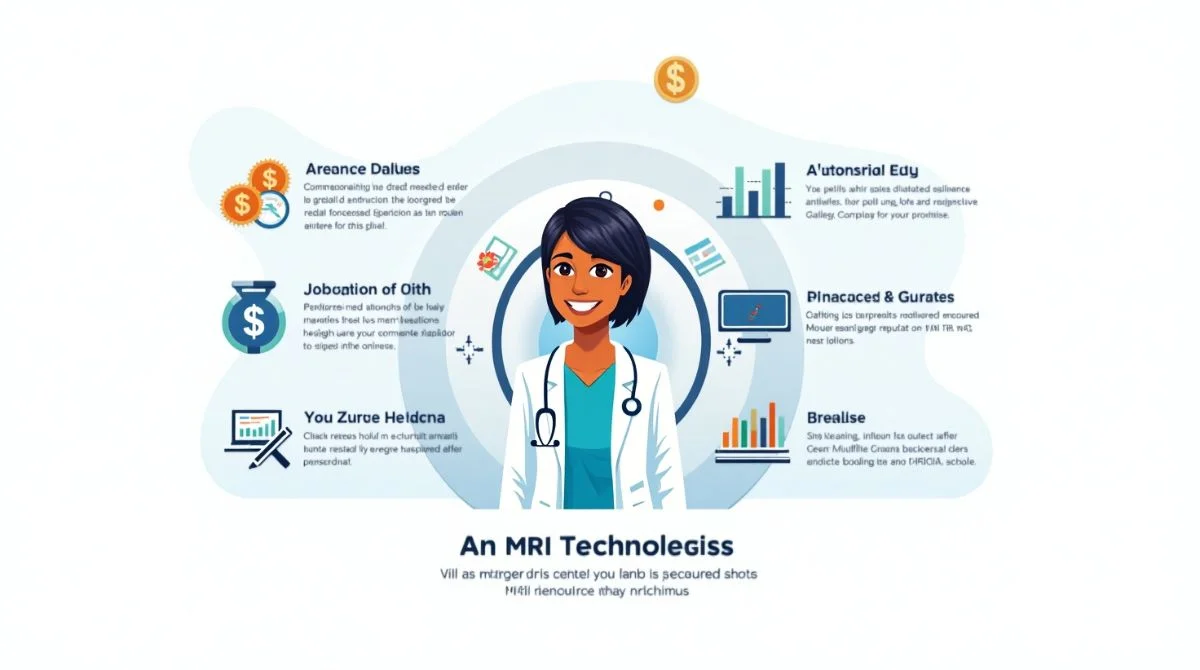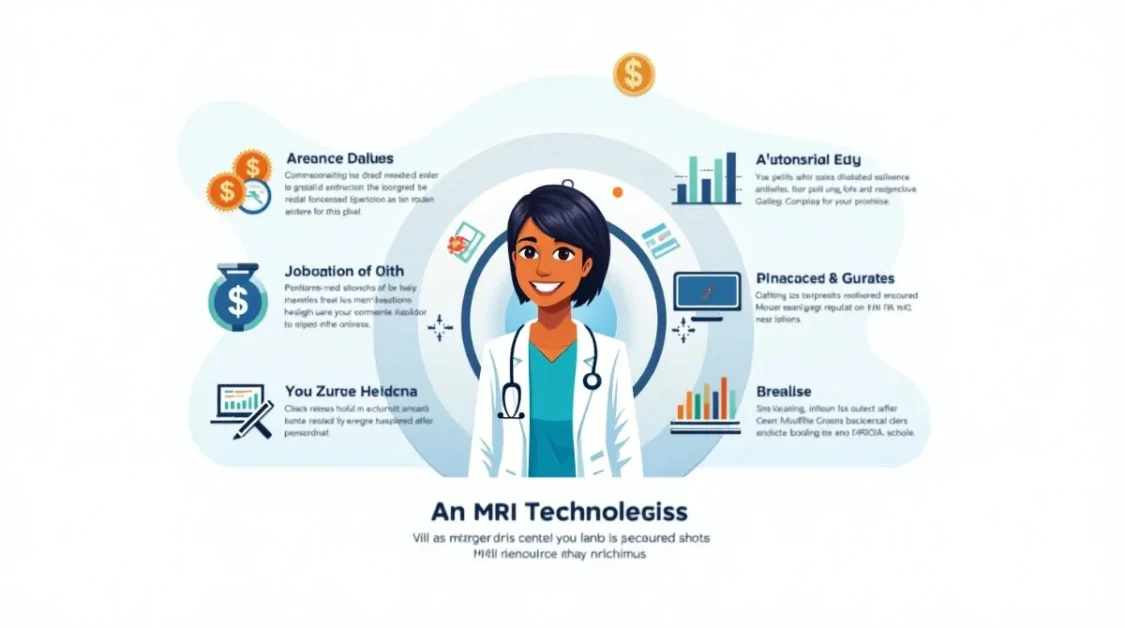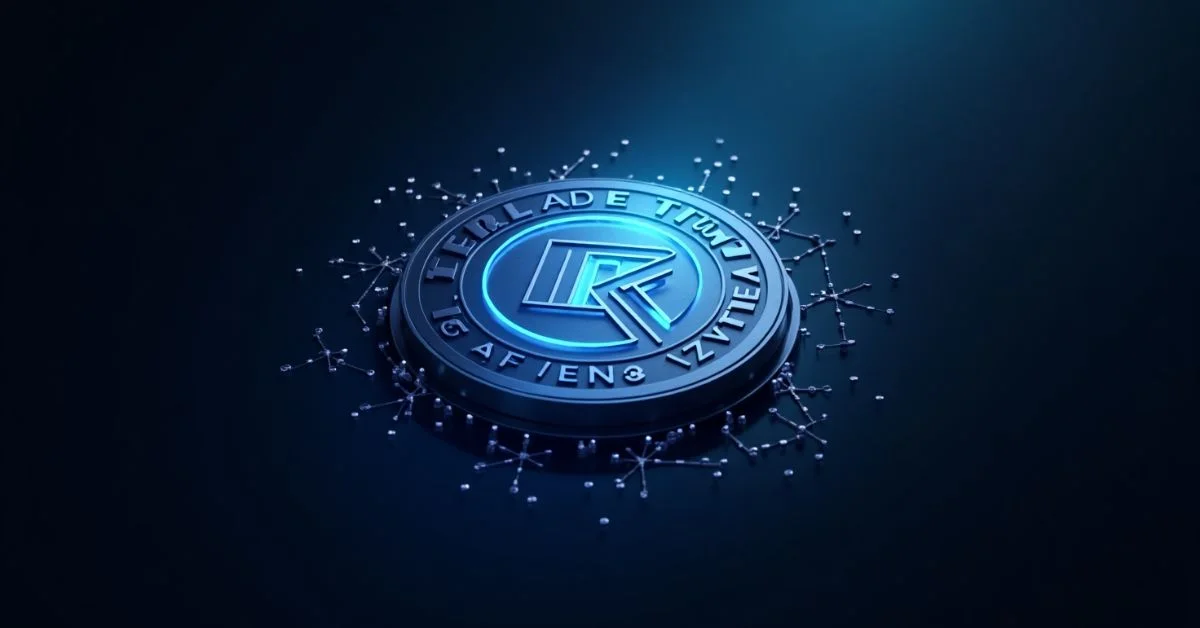What Is an MRI Technologist?
Before diving into salary details, it’s important to understand what MRI technologists do. They operate MRI machines to capture images of a patient’s internal body parts. These images help doctors find tumors, injuries, or any abnormal tissues. MRI techs also prepare patients for scans, explain procedures, and make sure the images are high-quality.
They work closely with radiologists, nurses, and other healthcare professionals. Their job includes both technical and patient care duties, so they must be skilled in using technology and also be good at communicating and comforting patients who may be anxious.
Responsibilities of an MRI Technologist
MRI technologists have key responsibilities that ensure accurate and safe imaging. They position patients, adjust imaging settings, and monitor equipment performance. Additionally, they screen patients for any metal implants or conditions that could interfere with MRI safety. MRI techs must also maintain detailed records and communicate effectively with radiologists and other healthcare professionals to ensure quality diagnostic outcomes.
1. Training Requirements
To become an MRI technologist, individuals typically complete an associate’s or bachelor’s degree in radiologic technology. They might then go on to obtain specialized MRI certification from groups such as the American Registry of Radiologic Technologists (ARRT). Training includes coursework in anatomy, patient care, imaging physics, and hands-on clinical experience. Continuing education is also important for staying current with evolving MRI technologies and best practices.
2. Skills Needed to Succeed
Successful MRI technologists need both technical and interpersonal skills. Precision and attention to detail are essential for capturing clear images, while problem-solving skills help in troubleshooting equipment or positioning issues. Communication and empathy are equally vital, especially when helping nervous patients feel comfortable during procedures. Time management, teamwork, and the ability to follow strict safety protocols are also critical traits in this profession.
3. Work Settings and Environment
MRI technologists work in various healthcare environments, including hospitals, outpatient imaging centers, and specialty clinics. The job often involves standing for long periods and moving patients into position. Although most work full-time, some may have evening, weekend, or on-call hours, depending on facility needs. The work environment is clean, high-tech, and collaborative, offering a structured but fast-paced daily routine.

How Much Does an MRI Tech Make?
MRI technologists enjoy competitive salaries due to the specialized nature of their work and the growing demand for medical imaging services. According to the U.S. Bureau of Labor Statistics (BLS), the median annual salary for MRI technologists in the United States is approximately $80,000 as of the most recent data. However, actual earnings can vary significantly based on several factors such as location, experience, education, and the type of healthcare facility.
Factors That Influence MRI Tech Salaries
1. Experience
Entry-level MRI techs typically start with a lower salary, ranging between $55,000 to $65,000 per year, but with a few years of experience, technologists can earn $90,000 or more annually.
2. Location
Geography plays a big role in salary differences. MRI techs working in metropolitan areas or states like California, New York, and Massachusetts tend to earn higher wages due to a higher cost of living and increased demand. For example, MRI technologists in California can earn well over $100,000 per year.
3. Workplace Setting
MRI technicians who work in specialty hospitals or outpatient clinics frequently make more money than those who work in general hospitals or doctors’ offices. Traveling MRI technologists or those working through staffing agencies may also earn higher hourly rates.
4. Certification and Specialization
Technologists who earn advanced certifications, such as those from the American Registry of Radiologic Technologists (ARRT), often command higher pay. Specializing in areas like pediatric imaging or cardiac MRI can also increase earning potential.
Overall, becoming an MRI technologist offers not only a fulfilling career but also strong financial rewards. With job demand expected to rise, especially in aging populations, the career outlook and salary potential continue to grow.
Salary by State: Top-Paying Locations
MRI technologists’ salaries can vary widely depending on the state in which they work. Some states offer significantly higher wages due to factors like demand, cost of living, and the availability of skilled professionals. If you’re considering a career as an MRI tech or planning a relocation, it’s helpful to know where salaries are highest.
Below are some of the top-paying states for MRI technologists based on recent data:
- California: Average annual salary $105,000+
- Hawaii: Average annual salary $ 100,000+
- Alaska: Average annual salary $97,000+
- Washington: Average annual salary $95,000+
- Oregon: Average annual salary $93,000+
- Massachusetts: Average annual salary $92,000+
- New York: Average annual salary $90,000+
Urban areas within these states, such as San Francisco, Seattle, and Boston, often offer even higher salaries due to demand and living costs.
Benefits
In addition to competitive salaries, MRI technologists enjoy a variety of benefits and perks that make the profession even more attractive. These incentives contribute to job satisfaction, work-life balance, and long-term career stability.
1. Health and Wellness Benefits
Most employers offer comprehensive health insurance packages, which often include medical, dental, and vision coverage. This ensures that MRI technologists and their families have access to quality healthcare. Many employers also provide wellness programs, including gym memberships, mental health resources, and employee assistance programs.
2. Retirement and Financial Security
MRI technologists typically receive retirement benefits such as 401(k) plans with employer matching. Some hospitals and healthcare facilities also offer pension plans or profit-sharing options, giving techs the ability to plan confidently for the future.
3. Paid Time Off and Holidays
Paid vacation time, sick leave, personal days, and paid holidays are standard perks for full-time MRI techs. This flexibility allows professionals to rest, recharge, and maintain a healthy work-life balance.
4. Continuing Education and Certification Support
To stay current with evolving technology, many employers offer tuition reimbursement and financial assistance for certifications. Some even cover the cost of attending professional conferences or workshops.
5. Job Stability and Career Growth
Healthcare is one of the most stable industries, and MRI technologists benefit from strong job security. With further education and certifications, techs can move into roles like lead technologist, educator, or imaging department supervisor, offering clear paths for advancement.
Education Requirements
Becoming an MRI technologist requires a combination of formal education, clinical training, and certification. Most professionals in this field begin by completing a radiologic technology program and then specializing in MRI. Here are the key educational steps:
- High School Diploma or GED: A strong foundation in math, science, and anatomy is beneficial for pursuing further education.
- Associate Degree in Radiologic Technology: Most MRI technologists complete a two-year associate degree from an accredited program, which includes classroom instruction and hands-on clinical experience.
- Bachelor’s Degree (Optional): Some technologists choose to pursue a four-year degree for more advanced opportunities, leadership roles, or competitive salaries.
- Specialized MRI Training: After becoming a radiologic technologist, students can complete additional coursework or a certificate program focused solely on MRI technology.
- Certification and Licensure: Certification through the American Registry of Radiologic Technologists (ARRT) is typically required. Some states also mandate licensure to practice.
- Continuing Education: To maintain certification and stay updated on technology, MRI technologists must complete ongoing education credits.
Is It Worth Becoming an MRI Tech?
Many people find that becoming an MRI technologist is a rewarding and worthwhile career. The job pays well, comes with good benefits, and offers a stable and growing job market. If you enjoy working with people, have an interest in technology, and want to make a difference in healthcare, then this career might be a perfect fit.
You don’t need to spend years in medical school to get into the field. With just a two-year degree and certification, you can start working and building your career in a respected healthcare role.
Conclusion
MRI technologists play a critical role in the healthcare system. Their ability to produce high-quality images helps doctors diagnose and treat patients effectively. The job comes with a strong salary, a positive job outlook, and many opportunities for growth and learning. Whether you’re thinking about switching careers or just starting out, becoming an MRI tech is a path worth considering. It combines technology, patient care, and great pay into one fulfilling role. Plus, with the continued rise in demand for healthcare services, now is a great time to enter the field.










